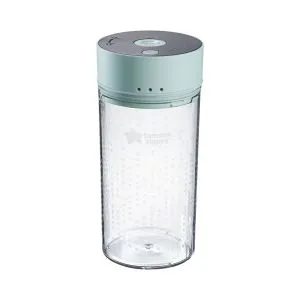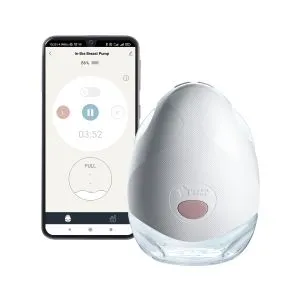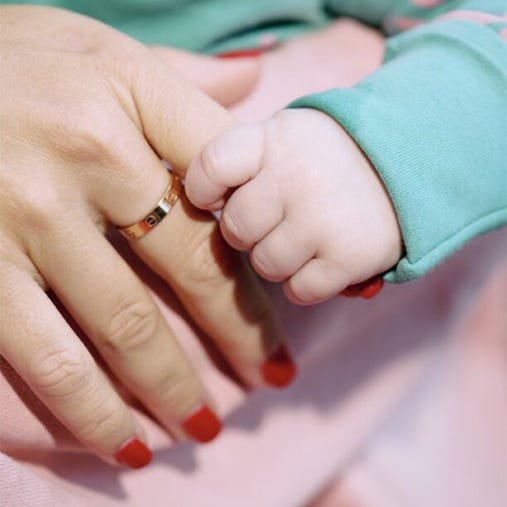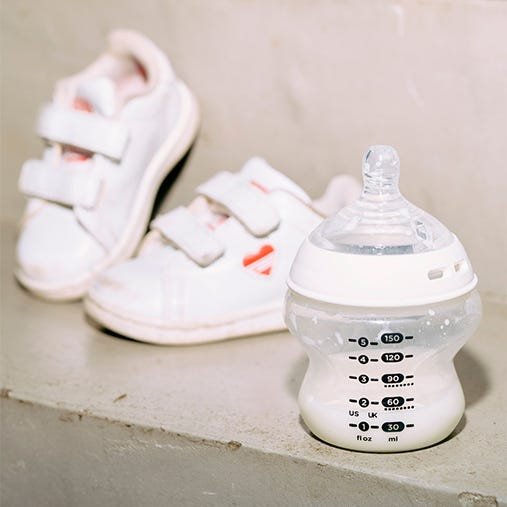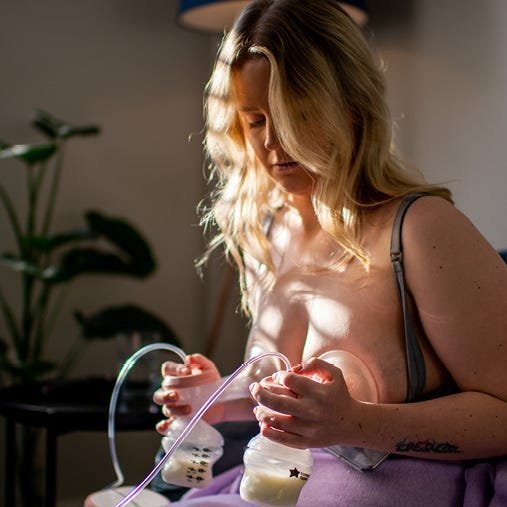Once you've expressed breast milk, it's best to store it in the refrigerator or freezer as soon as possible.
But if you do freeze it, you may be wondering how best to defrost it so it's ready to feed your baby.
To help you out, we're going to run through how to safely thaw frozen breast milk and cover some top breast milk storage tips to save you both time and effort.
How to thaw frozen breast milk
When it comes to defrosting breast milk that's been frozen, it's important to make sure it stays safe for your baby. So, let's break down the process step by step.
- Breast milk is best defrosted slowly in the refrigerator or using lukewarm water.
- You should never leave frozen breast milk to defrost at room temperature and don't thaw frozen breast milk in a microwave or using boiling water.
- Once defrosted, gently swirl the liquid breast milk. This helps you make sure that no frozen parts remain and mixes any separated fat.
- Never re-freeze breast milk once thawed.
Refrigerator
You can gradually defrost frozen breast milk in the refrigerator.
Bowl of warm water
You can defrost frozen breast milk that's in a sealed container by putting it in a jug of warm water.
Warm, running water
Alternatively, you can run warm water at a maximum temperature of 37°C over a bottle or bag of frozen breast milk.
How long to defrost breast milk
The amount of time that breast milk takes to defrost depends on which method you choose:
- Fridge: This is the best method, but it can take breast milk up to 12 hours to defrost in the fridge. So, it's recommended you get out what you need for the next day the night before to give it time to thaw overnight.
- A bowl of warm water: This breast milk thawing method should take around 20 minutes.
- Running warm water: This method takes around five to 10 minutes, but it's not the most eco- or wallet-friendly option.
How long does defrosted breast milk last?
Once fully thawed, defrosted breast milk that was previously frozen can be kept at room temperature for up to two hours or stored in the fridge for up to 24 hours.
Safety guidance for using frozen breast milk
Let's run through some things to avoid when you're defrosting breast milk for your baby.
- Never defrost or warm breast milk in the microwave - this can heat it unevenly and can lead to burns.
- Don't use thawed breast milk after 24 hours.
- Don't leave breast milk at room temperature to defrost.
- Don't re-freeze breast milk that's been thawed.
Tips for using frozen breast milk without the waste
We know that pumping, freezing and defrosting breast milk is a lot to think about! The following tips may help simplify the process and reduce the risk of any precious breast milk going to waste.
Feed baby the oldest milk first
When feeding your baby, use a first-in, first-out approach. It can help to label your expressed milk with the date it was pumped before you store it in the freezer. That way, you know you're using the oldest milk first.
Storage bags can speed up thaw time
Our pre-sterilised breast milk storage pouches are made for breast milk. They help it thaw faster and have space for you to write on the date your breast milk was expressed for organised and safe storage.
Use sandwich bags to minimise spillage
Placing bags of breast milk in a sandwich bag when thawing in warm water means that if the bag your breast milk was frozen in does split, it's caught and not wasted.
Don't overfill
Breast milk expands as it freezes. So, don't fill your storage container more than three-quarters full and always leave some room for expansion.
Check that your container is freezer-friendly
Some materials like glass can crack at very low temperatures. This means that your breast milk could go to waste.
